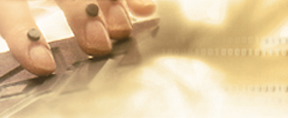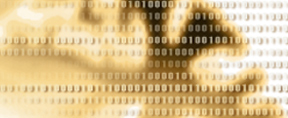Attention in sense of touch
Matthias M. Müller and Claire-Marie Giabbiconi
Attention in somatosensation
In everyday life the human brain is confronted with an enormous amount of sensory input at any given moment. To guarantee coherent and adaptive behaviour, selective attention is needed to focus the limited processing resources on the relevant part of the available information while ignoring the rest [1, 2]. This chapter provides an overview on some topics of current research in attention and the sense of touch. We will mainly focus on studies using mechanical stimuli rather than electrical stimulation. The physical characteristics of electrical stimuli (sharp and short duration of only a fraction of a millisecond) makes them closer to pain stimuli and, thus, suboptimal to mimic the complex interactions between different mechanoreceptors of the glabrous skin [3– 5]. In contrast, mechanical stimuli have not such a sharp onset (mostly they are delivered in form of a sinusoid, see below) and make contact with the skin for much longer. Therefore, mechanical stimuli seem to mimic everyday experience of touch more closely as opposed to electrical stimuli. A second aim of this chapter is to discuss possible neuronal mechanisms that explain how to-be-attended tactile stimuli are processed preferentially in the brain.
Research on attention has a long history and definitions of attention varied from time to time. In 1890, William James [6] wrote: “my experience is what I agree to attend to”. Along the same line, John Driver defined attention as “a generic term for those mechanisms, which lead our experience to be dominated by one thing rather than another” [7]. The main behavioural signature of attention is the improved accuracy in analysing and speeded detection or discrimination of attended stimuli.
But what makes somatosensation so different from other senses to look exclusively into the impact of attention onto that sensory system? Hsiao and Vega-Bermudez [8] nicely illustrated that point with the following example: “if you switch your focus of attention to your foot, you immediately become conscious of sensations arising from receptors in your foot that were non-existent a moment earlier. This simple observation demonstrates the power of selective attention”.
...
<link>contents «Human Haptic Perception», Grunwald (Ed.)
<link>« Implicit and explicit memory effects in haptic perception
<link>» Haptic object identification
<link>references: Attention in sense of touch
<link>references: chapters, <link>all





